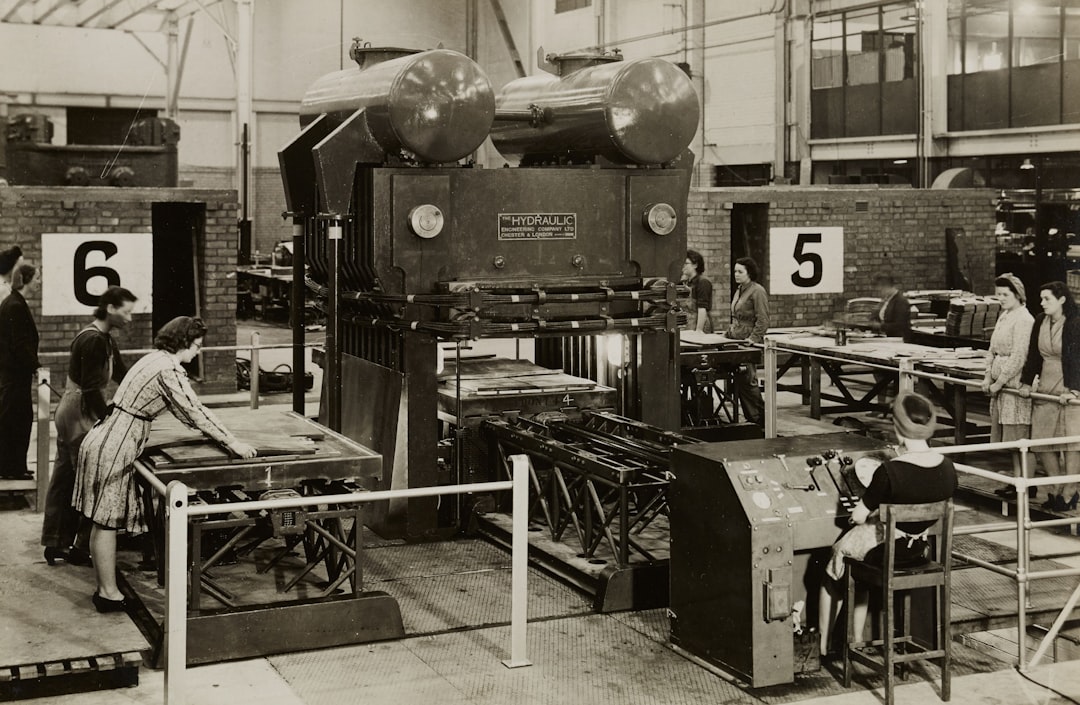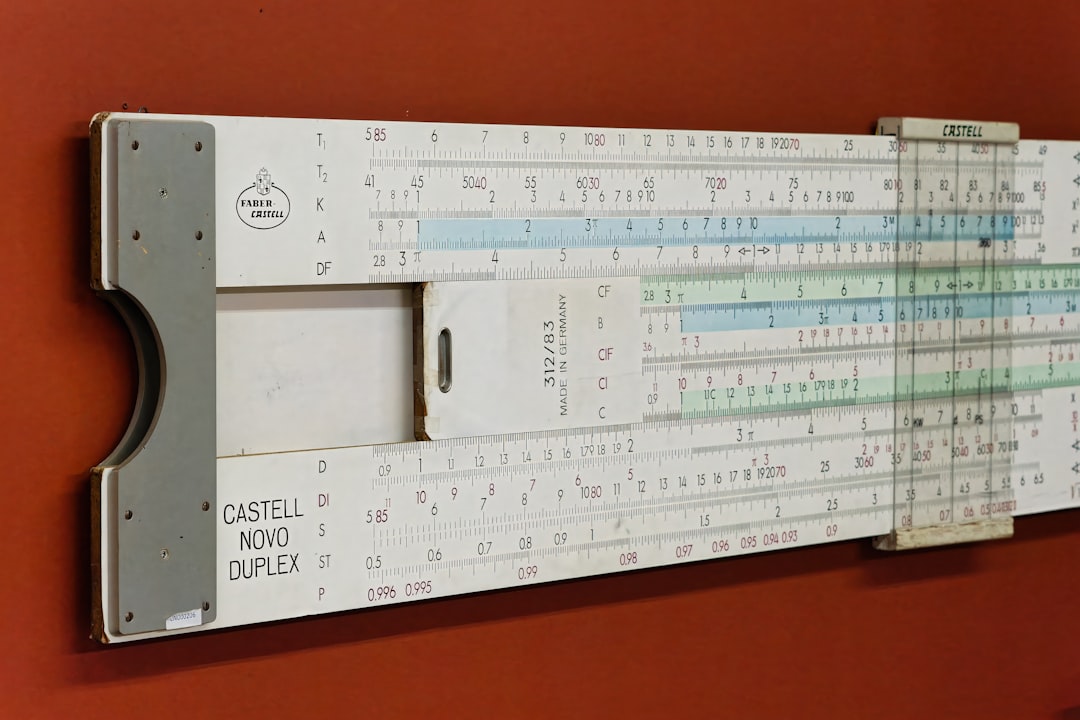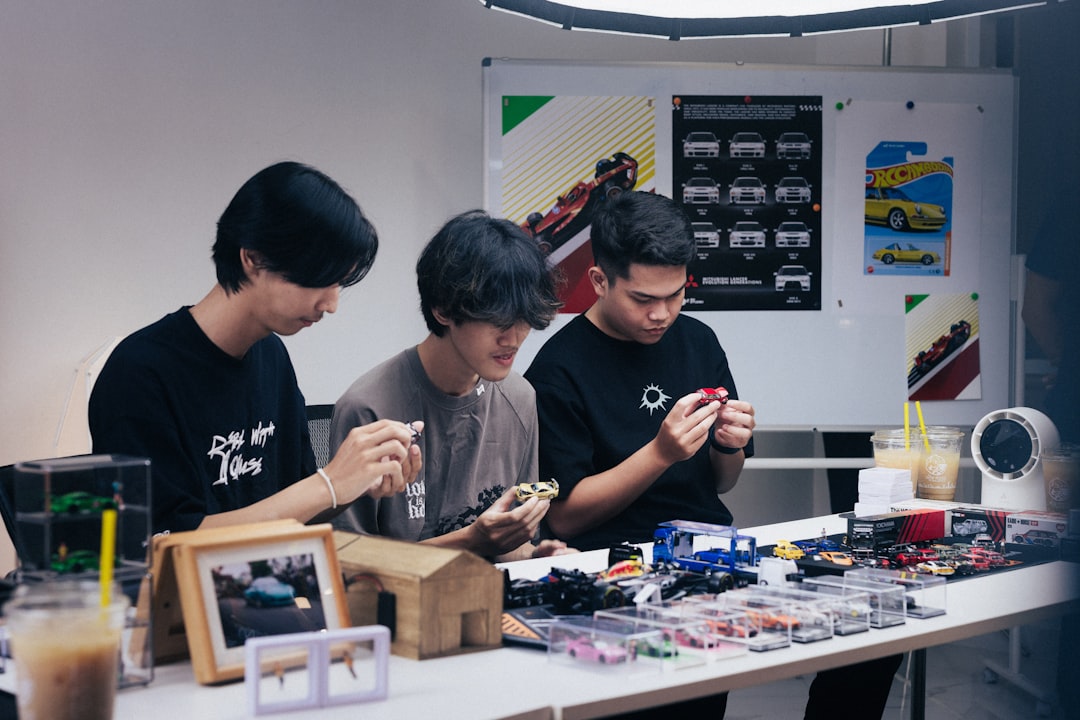The Future of Metal Roofing: Key Innovations in Standing Seam Rolling Machine Technology
- Share
- Issue Time
- Oct 21,2025
Summary
Explore the groundbreaking innovations transforming standing seam rolling machines. From AI-driven precision and IoT-powered predictive maintenance to advanced robotics and sustainable practices, discover the technologies reshaping metal roofing fabrication for enhanced efficiency, quality, and profitability in 2026 and beyond.

Standing Seam Roll Forming: Revolutionizing Modern Construction
The construction industry is in a constant state of evolution, driven by the demand for stronger, more durable, and aesthetically pleasing building solutions. Standing seam metal roofing has emerged as a premier choice for both commercial and residential projects, prized for its longevity, weather resistance, and clean, modern lines. At the heart of this industry are the standing seam rolling machines—sophisticated pieces of equipment that transform flat metal sheets into precision-engineered roofing panels on-site or in a factory.
Traditionally, these machines were purely mechanical marvels. However, the Fourth Industrial Revolution has not left this sector untouched. Today, the most advanced standing seam rolling machines are becoming intelligent, connected, and highly automated systems. This article delves into the key technological innovations that are redefining what these machines can do, setting new benchmarks for efficiency, accuracy, and operational excellence.

H2: The Core Evolution: From Mechanical Workhorse to Smart Factory Hub
Not long ago, the quality of a standing seam panel depended heavily on the operator's skill and experience. Manual adjustments, mechanical controls, and frequent quality checks were the norm. While effective, this process was prone to human error, material waste, and significant downtime for changeovers.
The new generation of rolling machines represents a paradigm shift. They are no longer isolated units but integral components of a 'smart factory' ecosystem. By integrating technologies like AI, IoT, and advanced robotics, manufacturers are turning these machines into data-driven assets that optimize every stage of the production process, from material input to the final fabricated panel.
H2: Innovation 1: AI and Machine Learning for Unprecedented Precision
Artificial Intelligence (AI) and Machine Learning (ML) are the brains behind the modern rolling machine. These technologies enable a level of self-optimization that was previously unimaginable.
- Real-Time Parameter Adjustment: AI algorithms analyze data from numerous sensors within the machine in real-time. They can detect microscopic deviations in material thickness, temperature, or tension and automatically adjust roller pressure and speed to compensate. This ensures every panel is produced within the strictest tolerances, dramatically reducing defects.
- Generative Design for Profiles: In the design phase, AI can be used to simulate and optimize new panel profiles for specific structural or aesthetic requirements, suggesting design tweaks to improve strength or reduce material usage before the first piece of metal is ever run.
H2: Innovation 2: IoT Integration for Predictive Maintenance
The Internet of Things (IoT) has transformed machine maintenance from a reactive or scheduled task to a predictive science. By embedding sensors throughout the machine, operators gain a complete, real-time overview of the equipment's health.
- Failure Prediction: Sensors monitor critical components like bearings, motors, and hydraulic systems for subtle changes in vibration, temperature, or energy consumption. AI systems analyze this data to predict potential failures weeks in advance, allowing maintenance to be scheduled during planned downtime, thus eliminating costly unexpected breakdowns.
- Remote Monitoring and Diagnostics: Factory managers and technicians can monitor machine performance from anywhere in the world via a cloud-based dashboard. If an issue arises, they can remotely diagnose the problem, reducing the need for on-site expert intervention and speeding up repairs.

H2: Innovation 3: Advanced Automation and Robotics
While roll forming has always been a form of automation, modern robotics are taking it to the next level by automating the tasks around the machine.
- Automated Material Handling: Robotic arms and Automated Guided Vehicles (AGVs) can manage the entire material workflow. This includes loading heavy metal coils onto the machine, feeding the sheet in, and then stacking and palletizing the finished panels. This reduces the need for manual labor for dangerous and repetitive tasks, improving workplace safety.
- Automated Tooling Changes: Switching between different panel profiles used to be a time-consuming manual process. New systems allow for automated or semi-automated tooling changes, drastically reducing setup times and making smaller, customized production runs economically viable.
H2: Innovation 4: Digital Twin Technology
A digital twin is a virtual replica of a physical standing seam rolling machine. This model is fed real-time data from the actual machine's IoT sensors, creating a perfect digital mirror of its operational state.
- Simulation and Scenario Planning: Before implementing a new process or running a new material, operators can test it on the digital twin first. This allows them to identify potential issues, optimize settings, and train staff in a virtual environment without risking damage to the physical machine or wasting materials.
- Enhanced Troubleshooting: When a problem occurs, technicians can use the digital twin to trace the issue back to its source and test potential solutions virtually before applying them, minimizing diagnostic time.
H2: Innovation 5: Sustainable and Eco-Friendly Manufacturing
Sustainability is a growing priority in manufacturing. Modern rolling machines incorporate features designed to minimize environmental impact.
- Energy Efficiency: AI-optimized processes ensure the machine uses only the necessary amount of energy, reducing electricity consumption. Motors and hydraulic systems are also designed for lower power draw.
- Waste Reduction: The high precision afforded by AI minimizes scrap material from rejected panels. Furthermore, advanced software can optimize cutting patterns to maximize the use of each metal coil.
H2: Innovation 6: Superior Material Versatility
Today's architects and builders demand a wider range of material options. Modern roll formers are engineered to handle this diversity.
The machines now feature advanced sensor systems and adaptable roller designs that can process everything from traditional steel and aluminum to more challenging materials like zinc, copper, and specialized alloys. The control system can store pre-programmed settings for each material, ensuring a perfect profile every time with the push of a button.
H2: Comparison: Old vs. New Standing Seam Machine Technology
| Feature | Traditional Machine Technology | Modern Innovated Technology |
|---|---|---|
| Control System | Manual, mechanical adjustments | AI-driven, self-optimizing software |
| Maintenance | Reactive (fix when broken) | Predictive (fix before it fails), remote diagnostics |
| Quality Control | Manual inspection, high-skill dependent | Automated, real-time adjustments for consistent quality |
| Changeover Time | Hours, manual labor intensive | Minutes, automated or semi-automated tooling changes |
| Data & Insights | Non-existent or manual logs | Real-time IoT data collection, cloud-based analytics |
| Material Handling | Manual loading and stacking | Robotic automation for loading, feeding, and packaging |
| Sustainability | High energy use, more material waste | Optimized energy consumption, minimal scrap |
H2: Case Study: Transforming a Roofing Business with Smart Technology
A mid-sized regional roofing manufacturer recently invested in a new standing seam machine integrated with IoT and AI capabilities. Within six months, they reported a 30% reduction in material waste due to the machine's self-correcting precision. Predictive maintenance alerts prevented two major breakdowns, saving them an estimated 40 hours of unplanned downtime. Furthermore, the ability to quickly change profiles allowed them to take on smaller, more profitable custom architectural projects that were previously not feasible, opening up a new revenue stream.

H2: A Practical Buyer's Guide for 2026
When considering an investment in a new standing seam rolling machine, look beyond the basic mechanical specifications. To ensure future-proof operations, prioritize these innovative features:
- Connectivity: Does the machine have built-in IoT capabilities for remote monitoring and data collection?
- AI-Ready Controls: Is the control system capable of AI-driven optimization, or can it be upgraded to do so?
- Automation Readiness: Does it have interfaces for integration with robotic material handlers?
- Software Ecosystem: Does the manufacturer provide a robust software platform for analytics and digital twin support?
- Modularity: Can you start with a base model and add features like automated tooling or advanced sensors later?
H2: The Future Outlook: Fully Autonomous Production Cells
The trajectory of innovation points toward a future where standing seam roll forming is part of a fully autonomous production cell. Imagine a process where a customer's digital blueprint is sent directly to the factory. An AI system orders and schedules the material, which is then delivered by an AGV to the roll former. The machine, in communication with the building plan, automatically produces and labels each unique panel in sequence for efficient installation. This level of integration promises to revolutionize the supply chain, delivering unparalleled customization, speed, and efficiency.
The innovations transforming standing seam rolling machines are more than just incremental improvements; they are fundamentally reshaping the possibilities within the metal roofing industry. By embracing these smart technologies, manufacturers can not only enhance their productivity and quality but also secure a competitive advantage in the construction landscape of tomorrow.